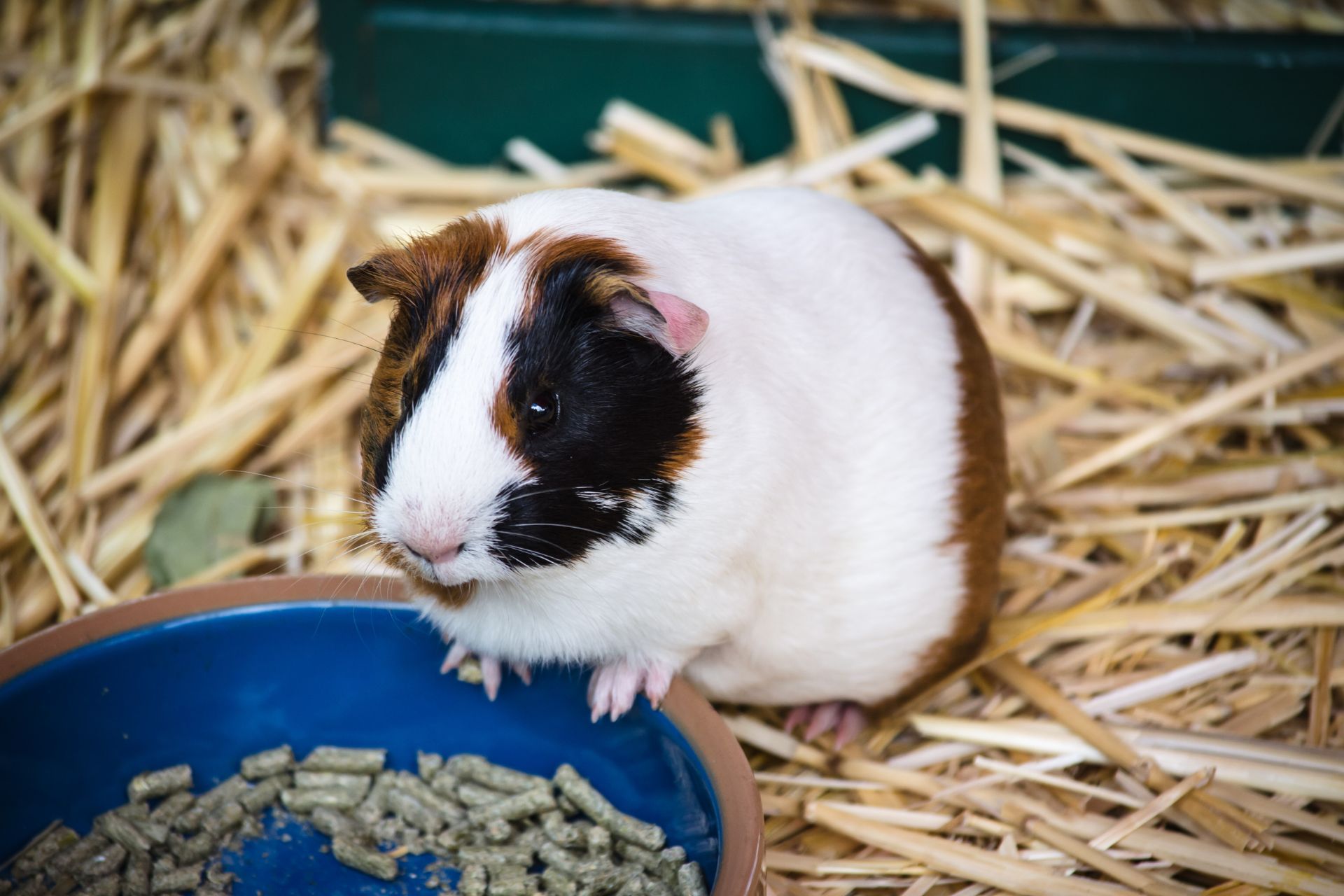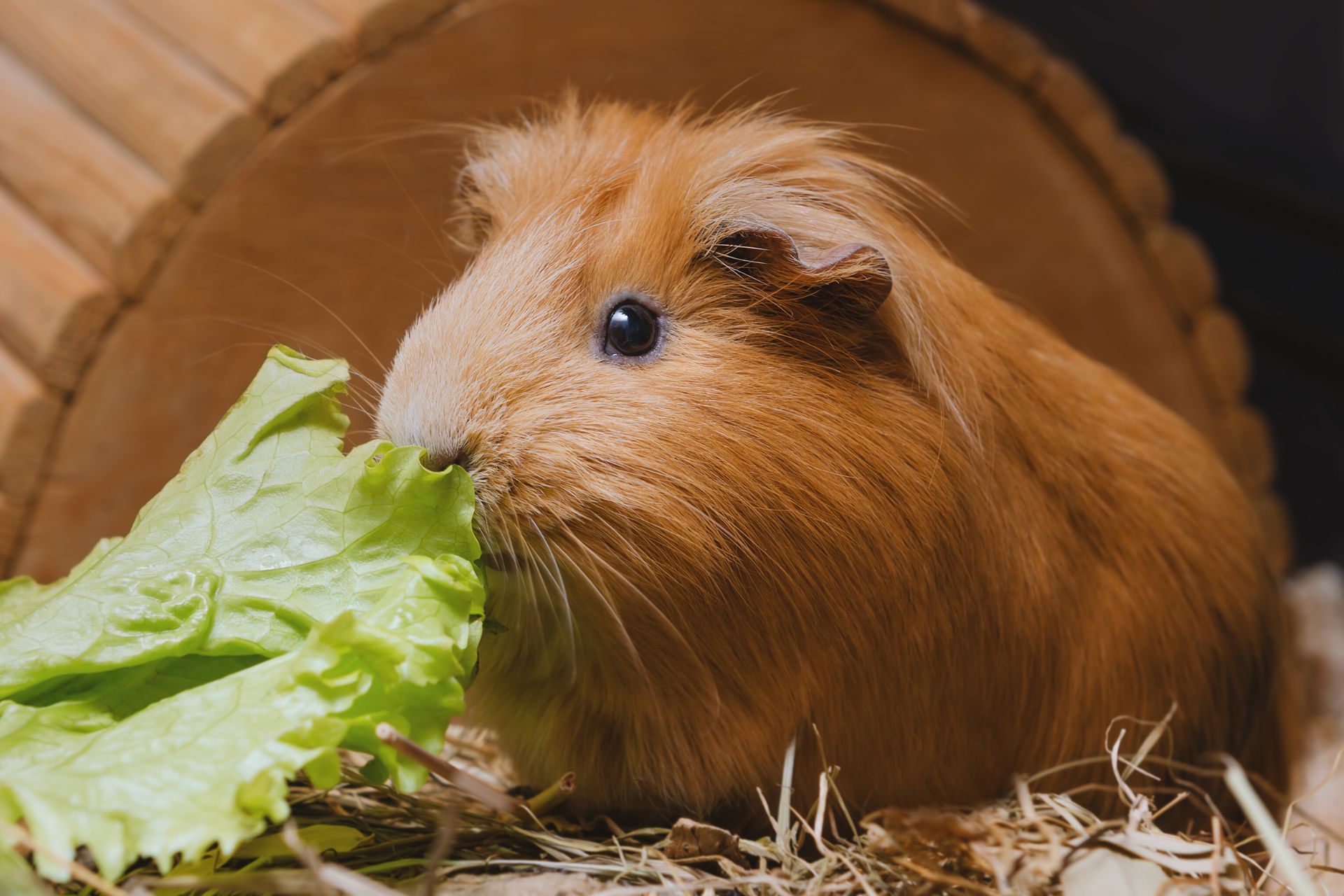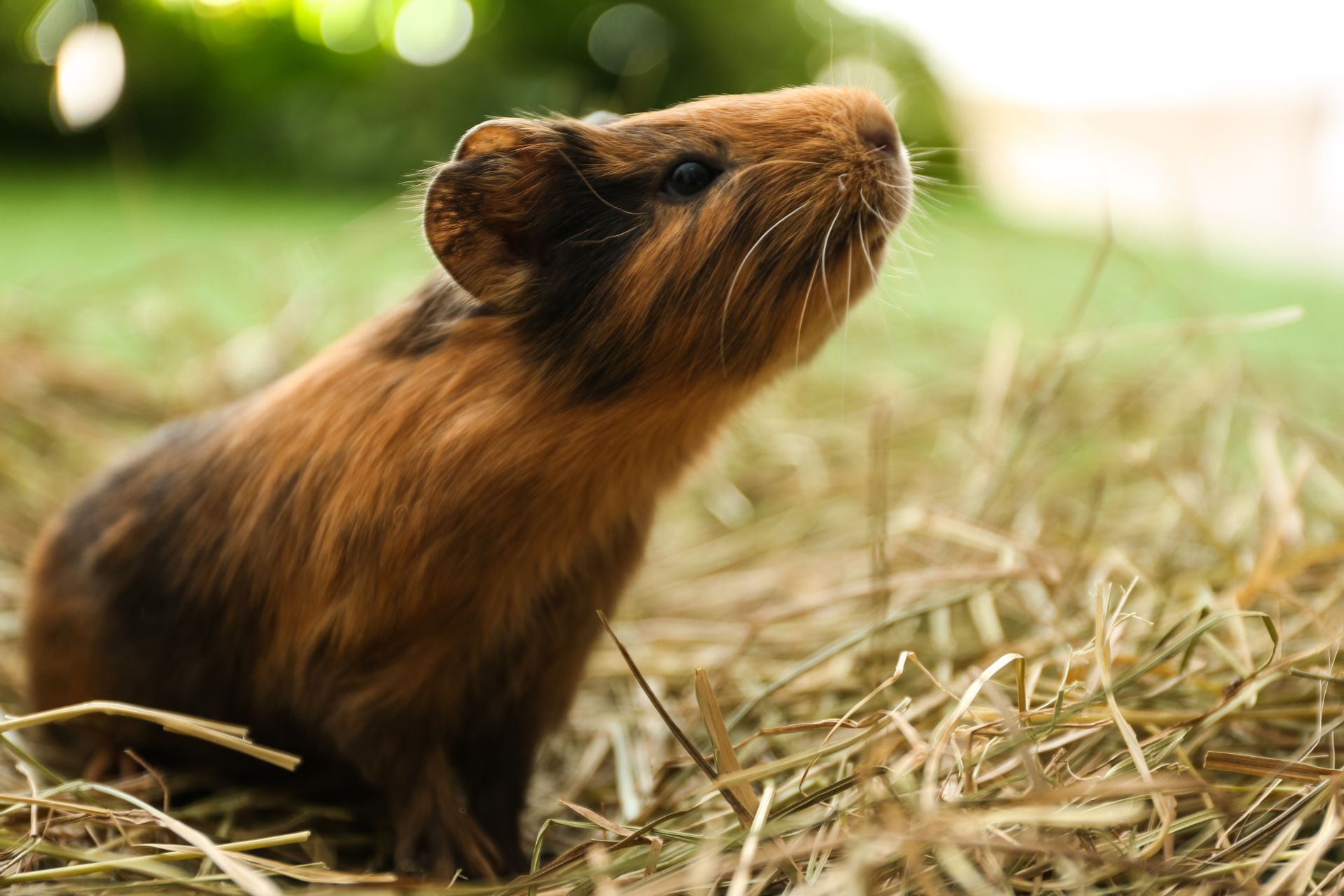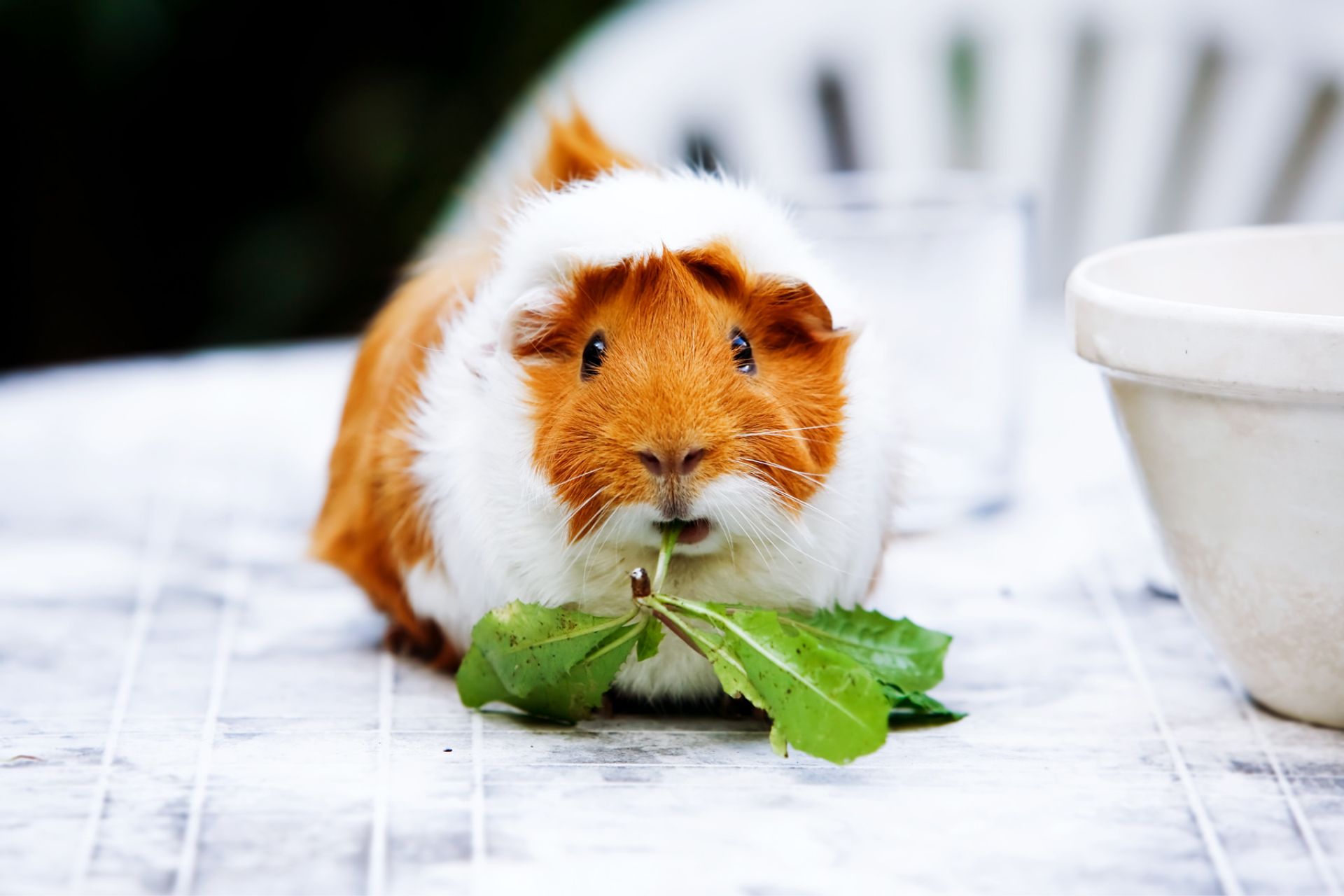Guinea pigs are adorable and social pets that require a well-balanced diet to maintain optimal health. Among the various components of a guinea pig’s diet, pellets play a significant role in providing essential nutrients. However, determining the right amount of pellets to feed your furry friend can be a perplexing task. In this article, we will explore the topic of how much pellets to feed guinea pigs and provide valuable insights to ensure your pet’s nutritional needs are met.
Contents
- Understanding Guinea Pig Nutrition
- Determining the Right Amount of Pellets
- Establishing a Feeding Schedule
- Avoiding Overfeeding and Health Risks
- Consulting a Veterinarian
- Conclusion
- FAQs
Understanding Guinea Pig Nutrition
Before diving into the specifics of pellet feeding, it’s important to grasp the importance of a balanced diet for guinea pigs. These small herbivores have distinct dietary requirements that need to be fulfilled to promote their overall well-being.
Importance of a Balanced Diet
A balanced diet for guinea pigs consists of various components, including hay, fresh vegetables, fruits, and pellets. Each element contributes to the guinea pig’s nutritional needs and offers specific benefits. Pellets, in particular, are designed to provide a concentrated source of essential vitamins, minerals, and fiber.
Role of Pellets in Guinea Pig Nutrition
Pellets are formulated to provide a convenient and consistent source of nutrition for guinea pigs. They typically contain a blend of hay, grains, vegetables, and additional supplements to ensure a well-rounded diet. These pellets help bridge the nutritional gaps that may exist in other parts of their diet and offer essential nutrients necessary for growth, development, and overall health.
Factors Affecting Pellet Feeding
Determining the appropriate amount of pellets to feed your guinea pig depends on several factors. These factors include the guinea pig’s age, weight, overall health, activity level, and the presence of any specific dietary requirements. It’s essential to consider these factors to ensure your guinea pig receives the optimal quantity of pellets.
Determining the Right Amount of Pellets
To provide your guinea pig with an appropriate amount of pellets, it’s crucial to follow general guidelines and take into account specific considerations based on your pet’s individual characteristics.
General Guidelines for Pellet Feeding
As a rule of thumb, a guinea pig’s daily pellet intake should be approximately one-eighth to one-fourth of a cup per day. This estimate can vary depending on the size and nutritional composition of the pellets you choose. Always refer to the manufacturer’s recommendations for precise serving sizes.
Considering the Guinea Pig’s Age and Weight
When determining the appropriate amount of pellets to feed your guinea pig, their age and weight are important factors to consider. Younger guinea pigs require a higher concentration of nutrients for growth and development. As they age, their nutritional needs may change. Consult with your veterinarian to adjust the pellet quantity as your guinea pig transitions from a young piglet to an adult.
Additionally, the weight of your guinea pig can affect the pellet feeding amount. Overweight guinea pigs may need a reduced portion of pellets to prevent excessive weight gain. Conversely, underweight guinea pigs might require a slightly higher amount of pellets to aid in gaining weight. Regular weigh-ins and consultation with a veterinarian can help you determine the appropriate quantity based on your guinea pig’s weight.
Monitoring the Guinea Pig’s Health
Your guinea pig’s overall health is an essential consideration when deciding how much to feed them. Some guinea pigs have specific health conditions that require dietary modifications. For instance, a guinea pig with dental problems may have difficulty chewing pellets and might benefit from a softer diet.
Observe your guinea pig for any signs of weight loss, poor appetite, or changes in behavior. If you notice any abnormalities, it’s recommended to consult a veterinarian. They can evaluate your guinea pig’s health and provide guidance on the appropriate pellet feeding quantity to support their specific needs.
Establishing a Feeding Schedule
In addition to determining the appropriate amount of pellets, establishing a feeding schedule is crucial for maintaining your guinea pig’s health and promoting good eating habits.
Frequency of Pellet Feeding
Guinea pigs should have access to pellets throughout the day. However, it’s advisable to divide their daily pellet intake into several small portions rather than providing a large quantity all at once. This approach helps prevent overeating and ensures a steady supply of nutrients.
Supplementing Pellets with Fresh Vegetables and Hay
While pellets are an important part of a guinea pig’s diet, they should not be the sole source of nutrition. Fresh vegetables, such as leafy greens, should be included in their daily meals. These vegetables provide additional vitamins and minerals and contribute to a varied diet.
Hay is another essential component of a guinea pig’s diet. It aids in digestion, promotes dental health, and provides necessary fiber. Offer unlimited access to fresh, high-quality hay, such as Timothy or Orchard grass.
Ensuring Access to Clean Water
Water is vital for a guinea pig’s overall well-being. Always provide fresh and clean water in a water bottle or a shallow dish. Monitor the water supply regularly and refill as needed to ensure your guinea pig stays hydrated.
Avoiding Overfeeding and Health Risks
While pellets are a valuable part of a guinea pig’s diet, overfeeding can lead to various health risks that should be avoided.
Obesity and Related Health Issues
Overfeeding pellets can contribute to obesity in guinea pigs, which can lead to a range of health problems. Obesity increases the risk of heart disease, joint issues, and metabolic disorders. To prevent obesity, monitor your guinea pig’s weight and adjust their pellet intake accordingly. Remember to provide ample opportunities for exercise and mental stimulation.
Dental Problems
Guinea pigs have continuously growing teeth, and a diet solely reliant on pellets can cause dental problems. Pellets lack the necessary fiber and chewing resistance to wear down their teeth properly. Ensure your guinea pig has access to hay and appropriate chew toys to promote dental health and prevent overgrowth.
Gastrointestinal Disorders
Feeding excessive amounts of pellets can disrupt the delicate balance of your guinea pig’s gastrointestinal system. It can lead to digestive issues, including diarrhea, bloating, and gas. To maintain a healthy digestive system, ensure that the pellet quantity is appropriate and supplemented with a diet rich in hay and fresh vegetables.
Consulting a Veterinarian
When it comes to determining the ideal amount of pellets for your guinea pig’s diet, it’s always beneficial to consult a veterinarian. A veterinarian can assess your guinea pig’s overall health, nutritional needs, and any specific dietary requirements they may have. They can provide personalized recommendations tailored to your guinea pig’s individual needs.
Veterinarians can also guide you in selecting the most suitable pellet brand based on its nutritional composition, quality, and any specific dietary considerations your guinea pig may require. By working with a professional, you can ensure that your guinea pig receives a well-balanced diet that promotes their long-term health and well-being.
Conclusion
Feeding the right amount of pellets to your guinea pig is essential for maintaining their optimal health. While pellets serve as a concentrated source of nutrients, it’s important to consider your guinea pig’s age, weight, and overall health when determining the appropriate quantity. By following general guidelines, monitoring your guinea pig’s health, and consulting with a veterinarian, you can ensure that your furry friend receives a well-balanced diet that meets their specific needs.
Remember, a healthy diet for guinea pigs goes beyond pellets alone. Supplement their diet with fresh vegetables, provide unlimited access to high-quality hay, and always ensure access to clean water. By taking a holistic approach to their nutrition, you can contribute to their overall well-being and happiness.
Now that we have covered the topic of how much pellets to feed guinea pigs, you can ensure that your beloved pets receive the right amount of nutrition for their well-being and happiness. Remember to always prioritize their health by consulting with a veterinarian and providing a well-balanced diet.
FAQs
- How often should I feed pellets to my guinea pig? It is recommended to provide pellets to your guinea pig once or twice a day, dividing the daily portion into smaller servings.
- Can guinea pigs survive on pellets alone? While pellets are an important part of their diet, guinea pigs require a varied diet that includes fresh vegetables, hay, and water to meet their nutritional needs.
- What should I do if my guinea pig refuses to eat pellets? If your guinea pig refuses to eat pellets, consult with a veterinarian to rule out any underlying health issues. They can provide guidance on alternative options or dietary modifications.
- Are there any alternative pellet options for guinea pigs? Yes, there are alternative pellet options available for guinea pigs, such as those specifically formulated for specific age groups, health conditions, or dietary preferences. Consult with a veterinarian for recommendations.
- Can I feed my guinea pig unlimited pellets? No, feeding unlimited pellets can lead to overeating and obesity. It’s important to provide the appropriate portion size based on your guinea pig’s age, weight, and overall health.











